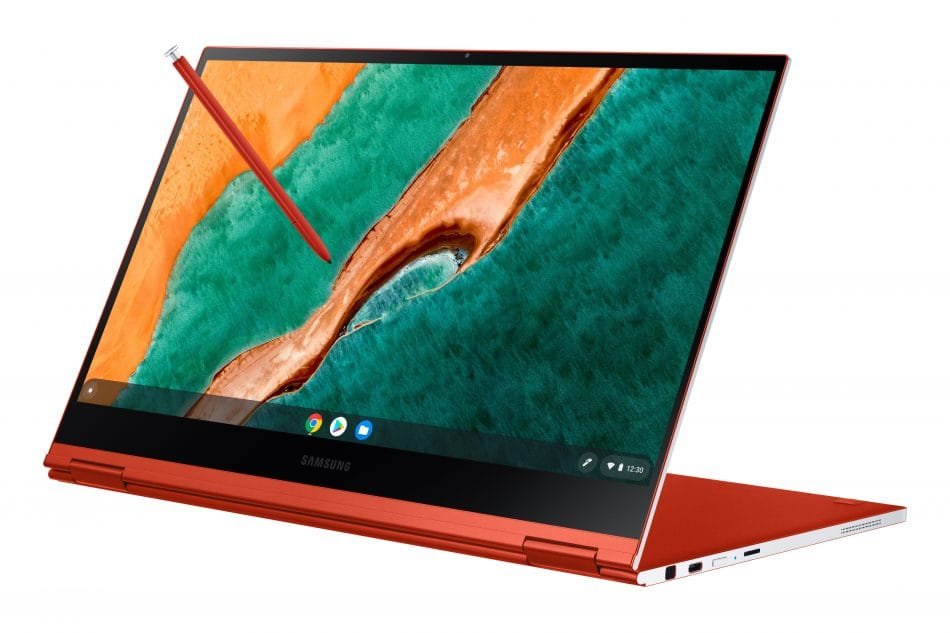Google is using its massive resources to take on one of its nagging challenges: winning the tablet market competing with Apple’s iPad. Though Android and Chrome OS have succeeded in their areas, neither has been successful enough to dislodge the iPad where their functionalities overlap. To change this, Google is apparently working on an initiative that goes a long way in ensuring that Chrome OS is fully transitioned into Android, creating a unified platform that would better match the demands of productivity and media consumption in tablets.
Android would be the epitome of flexibility: powering everything from phones and TVs to tablets and smart devices. Chrome OS, on its part, mainly focused on laptops, some of which are tablets. But neither has yet been able to decisively conquer the tablet market space. Android lacks strong productivity features and Chrome OS just isn’t optimized for hassle-free media consumptions. Even after Google’s efforts to improve both systems to fill those gaps, neither has come near to achieving Apple’s success in bridging both use cases.

Google plans to address these shortcomings by taking a different route. Instead of the new OS, the company aims to shift Chrome OS over to Android. According to sources, future Chromebooks will run on an advanced version of Android, starting with Google’s rumoured Pixel Laptop. This aligns in such a way that Google gets to combine its development efforts and create a unified operating system for its hardware products.
Earlier this year, Google hinted at its plans by announcing that Chrome OS would adopt more Android components, such as the Android Linux kernel and frameworks. Chrome OS already uses some Android-based technologies, like the Fluoride Bluetooth stack, so this transition isn’t entirely surprising. However, new developments include a redesigned Chrome browser for Android with extension support and a Linux terminal for running apps, enhancing Chromebook functionality on Android.

Even with this change, Google has the challenging task of making Chrome OS feature-competitive with Android. Improvements like improved keyboard and mouse integration, support for external monitors, multiple desktops, and even a new windowing system are on their way with Android 15. In some ways, these features are already part of Google’s Android-for-laptops effort, where it looks to boost productivity on its tablets, like the upcoming Pixel Tablet 2.
This unification would greatly push Android in terms of increasing its users and, by virtue of it, attracting more developers. The bigger base of users would mean that more revenue-making opportunities lie ahead for the developers and more apps for consumers. With Apple being very conservative in bringing truly useful productivity features to its iPads without cannibalizing the MacBooks, Google has a huge gap left in the market to brand its Android-powered devices as the ultimate choice for mobile productivity.
